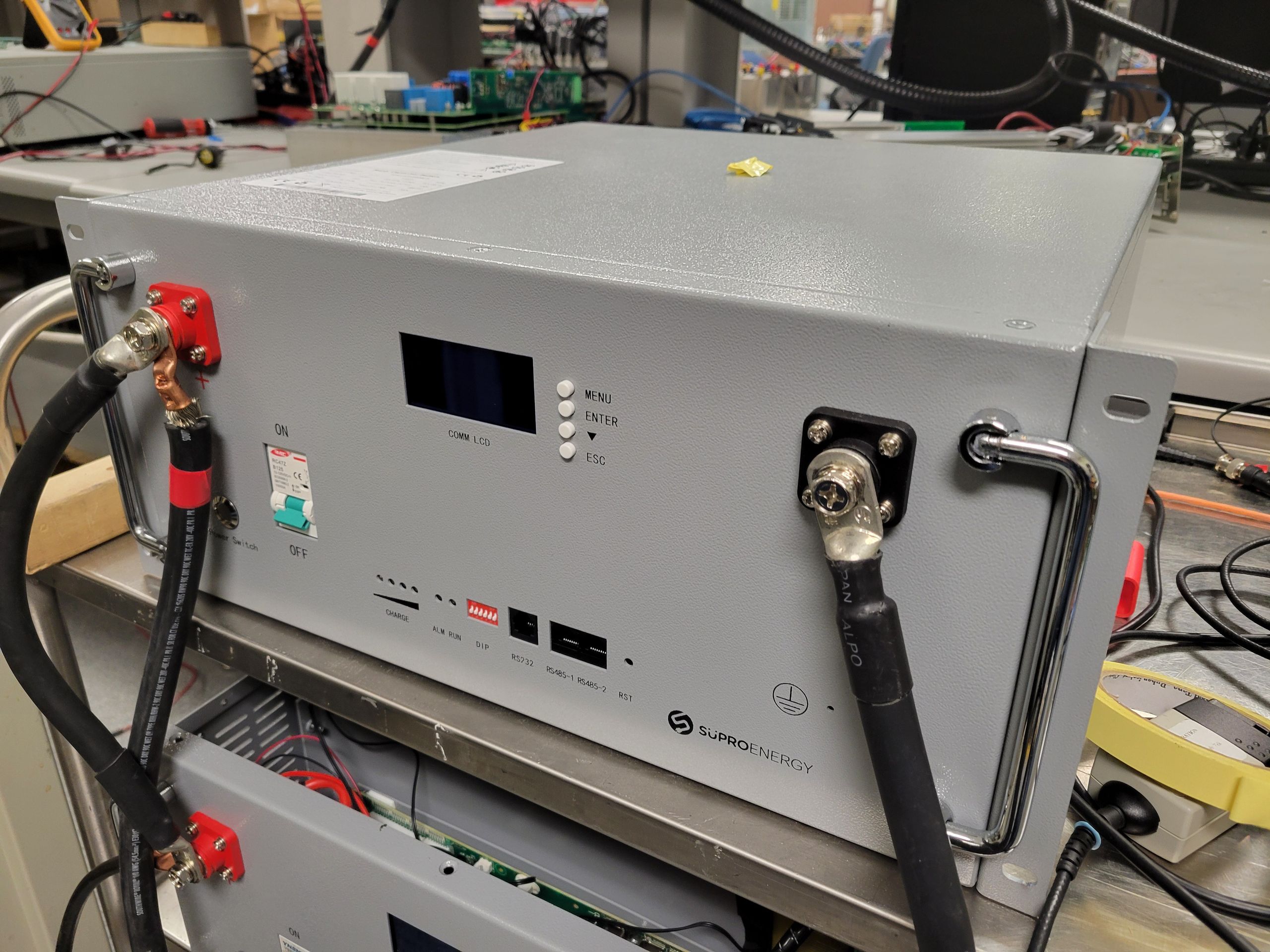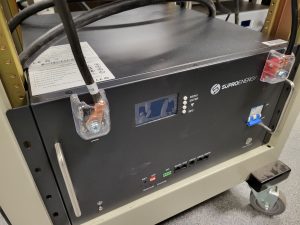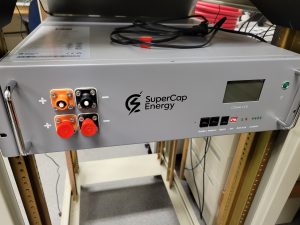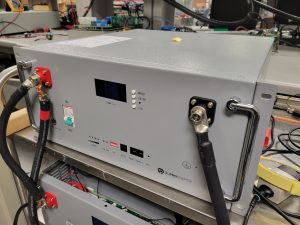A Battery Module is a compact, self-contained unit that houses multiple battery cells configured together to store and supply electrical energy for various applications. Designed for efficiency and ease of integration, a battery module typically includes built-in management systems for monitoring and controlling individual cell performance, thermal management, and safety features to prevent overcharging and overheating. These modules can be used in larger battery systems, such as battery power stations or electric vehicles, providing scalability and flexibility in energy storage solutions while ensuring reliable power delivery and longevity.



